Geology Reference
In-Depth Information
cauldron
volcanics
g
volcanics
fault
intrusion
GRANITIC PLUTONS
OF THE ETIVE-
GLENCOE AREA
v
v
v
v
v
v
v
v
Moor of
Rannoch
granite
8
v
v
v
v
Glencoe
fault
intru-
sion
Glencoe
'cauldron'
lavas
subsiding block
of host rock
fault
intrusion
B
70
71
Cruachan granite
Late Precambrian-
early Cambrian
metasediments
v
v
v
v
v
v
v
v
v
Cruachan
granite
Cruachan granite
Meall Odhar
granite
1
subsiding block
of host rock
Ben Starav
v
v
v
v
v
v
v
v
v
i
nner Starav
granite
C
Cruachan granite
Starav granite
2
outer Starav
granite
subsiding block
of host rock
subsiding block
of host rock
subsiding block
of host rock
Meall
Odhar
granite
Cruachan granite
Meall Odhar
granite
stoped blocks
host
rock
Ben
Cruachan
Lorne
lavas
(Devonian)
D
A
5km
Quarry
diorite
ascending magma
Figure 8.4
Granitic plutons of the Etive-Glencoe area.
A.
The late-Caledonian Starav-Cruachan granite complex consists of five successive intrusions,
becoming younger inwards: the Quarry diorite, only present in the SE corner of the complex; the Meall Odhar granite, present as three inclusions within
the later Cruachan granite, which forms an almost complete ring around the two youngest granites, the outer and inner Starav granites, both with roughly
circular outcrops. To the north is the Glencoe 'cauldron subsidence' where a Devonian volcanic sequence resting on a basement of late Precambrian-
Cambrian metasediments has been down-faulted along two 'ring faults'; these have been invaded by granitic 'fault intrusions' and by an extension of the
Cruachan granite.
B.
The latter are upper-crustal, largely permitted, intrusions emplaced as ring-shaped bodies in the space created by the down-faulting
of a central block.
C.
Two stages of the suggested mode of emplacement of the Cruachan-Starav complex: a central block of host rock has subsided
along a sub-surface ring fault, allowing the granites to fill the space created above the subsiding block.
D.
Stoping is the process whereby blocks of host
rock are broken off the roof of a pluton to enable the magma to proceed upwards. 8.4A, B based on Johnson (1966).
to form the diapir. Flow foliation pat-
terns in other granite plutons have a
convex dome shape that may represent
the upper half of a diapiric structure.
Central igneous complexes: ring
dykes, cone sheets and radial dykes
Some high-level stocks are distinguished
by having an array of minor dyke-like
intrusions around them that appear
to be genetically related to the stocks.
Such groups of intrusions are known
as
central igneous complexes
and are
interpreted as the roots of volcanoes.
Good examples of this kind of struc-
ture are represented in the Cenozoic
volcanic centres of western Scotland,
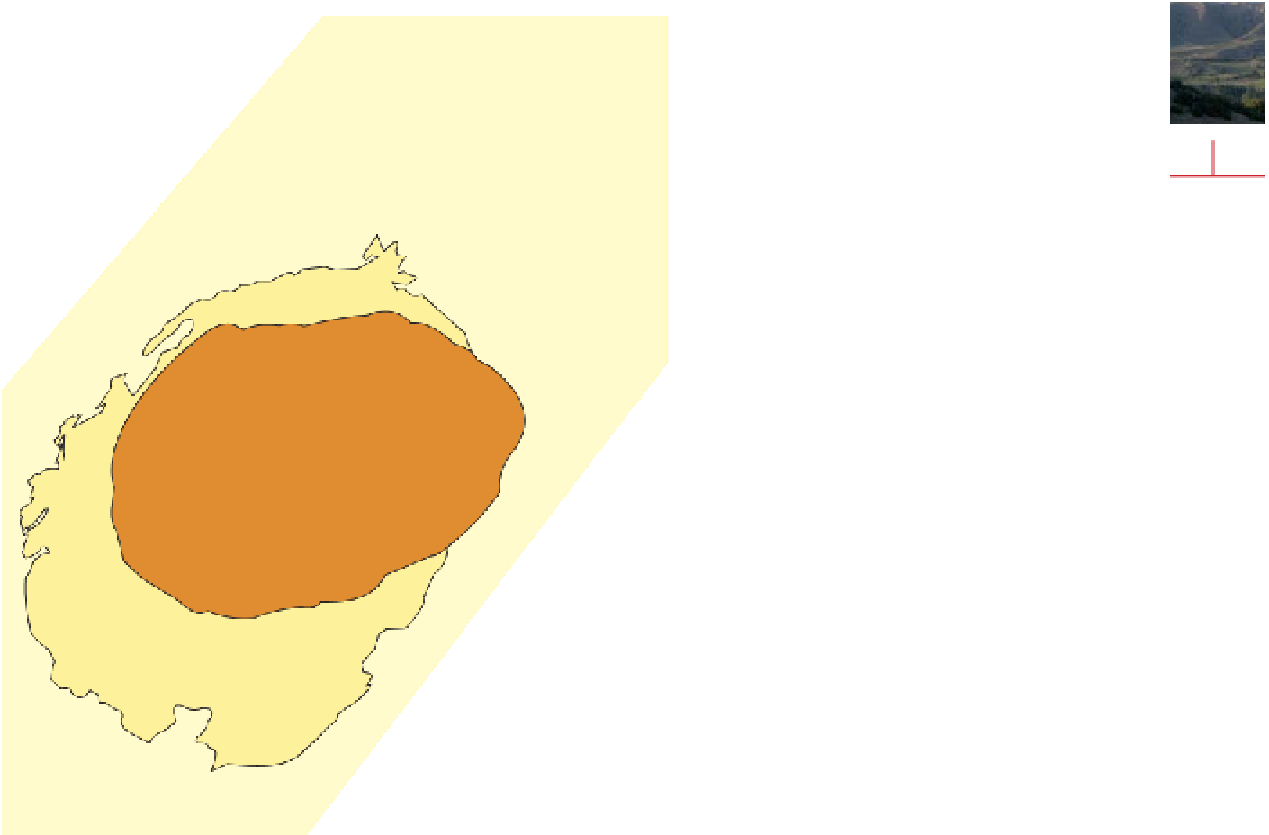
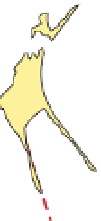





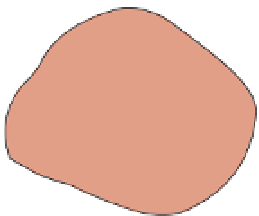





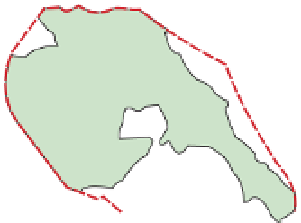



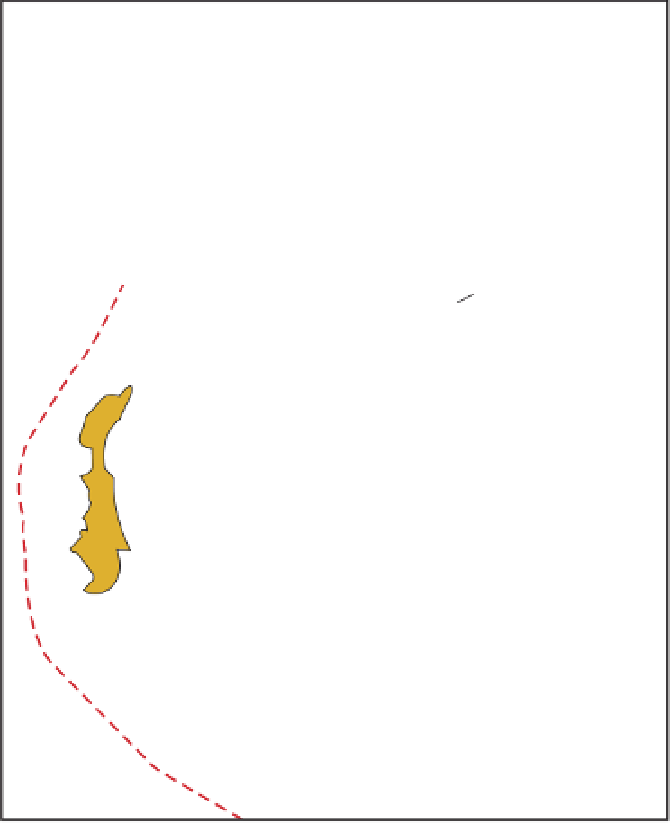















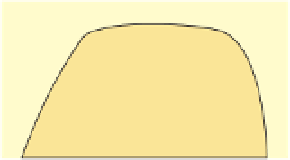




















Search WWH ::

Custom Search